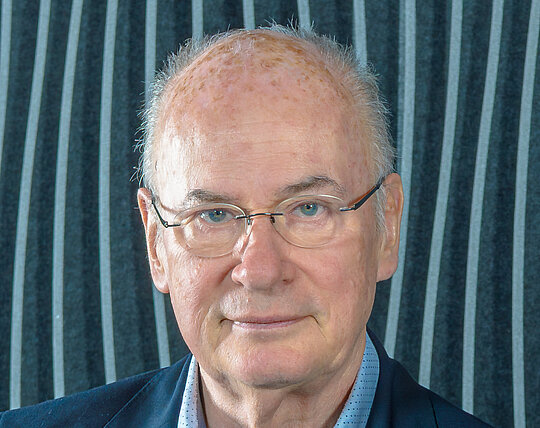Rethinking Noise – Why Perception and Context Matters

A commentary by Prof. Dr.-Ing. Klaus Genuit
The study “Environmental Noise in Europe 2025,” published by the European Environment Agency (EEA) in June 2025, presents alarming evidence of the persistent high levels of exposure to environmental noise among the European population. According to current data from the German Federal Environment Agency (UBA, 2024), approximately 16 million people in Germany are significantly disturbed by traffic noise, with proven health consequences including sleep disorders, increased blood pressure, and cardiovascular diseases.
These figures underscore the need for a more serious and nuanced approach to addressing the issue of noise. Current practice relies almost exclusively on objectively measurable acoustic parameters, in particular the energy-related sound pressure level (dB(A)). These parameters are undoubtedly relevant, allowing for comparisons, standardization, and legal assessment of noise exposure. However, they are not sufficient to capture the experience of noise.
